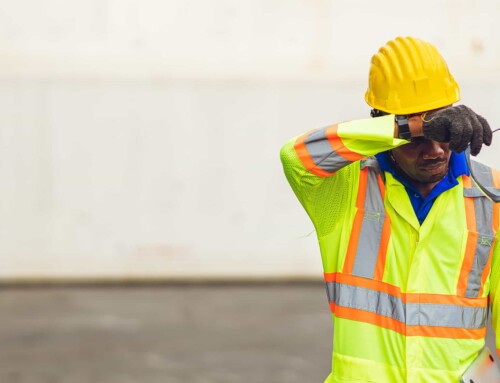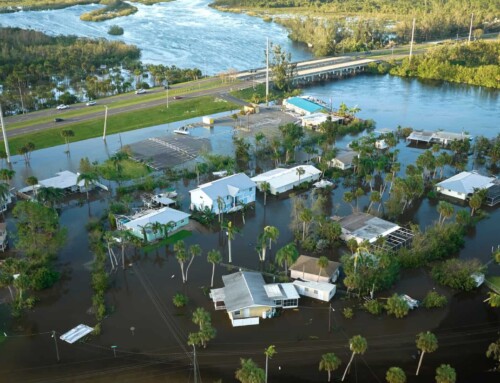The COVID-19 pandemic has had significant impacts on the way Americans live their lives. The new normal is that a large portion of the population now has the capacity or necessity to work from home. This change has happened relatively abruptly and thus presents a number of challenges for employees and employers. One overlapping concern is the risk of injury while working from home and its status.
While this is a new issue for many Americans, it’s not a novel concept in general. Remote workers are typically covered under the exact same laws, assuming their injury occurs while engaging in normal work activities. Generally the rule of thumb is that if the injury occurs during the employee’s usual work hours and in pursuit of their usual responsibilities, it would be compensable. This makes it extremely important for remote workers to have their hours and duties clearly defined, to more easily distinguish between an injury for which the employer would be responsible and not.

In order to protect your company and your employees, you can begin by enacting guidelines similar to these:
-
Develop a remote-work policy that clearly defines expectations for your stay at home employees. Add an up-to-date job description that includes all the expected activities and responsibilities for each employee. Have them review and sign the notice.
-
Designate specific work hours that cover lunch and other breaks to delineate the difference between work and off hours.
-
Create a minimum standard for what constitutes a home office. Consider requiring a dedicated work area that can be verified as reasonably hazard free.
-
Provide information on beneficial desk ergonomics and strategies for relieving tension related to repetitive motion injuries.
-
If providing equipment, detail each piece and offer training on proper set-up.
People are naturally more comfortable in their homes, and this could potentially lead to complacency on workplace safety. By reminding each remote worker that their home has technically become a secondary workspace, you can reinforce the importance of maintaining a safe environment.
Workers’ Compensation laws also vary by state, so make sure that each of these strategies is enough to protect you and your employees.
—
For more information on the risks involved with remote workers contact your adjuster or claims supervisor.





